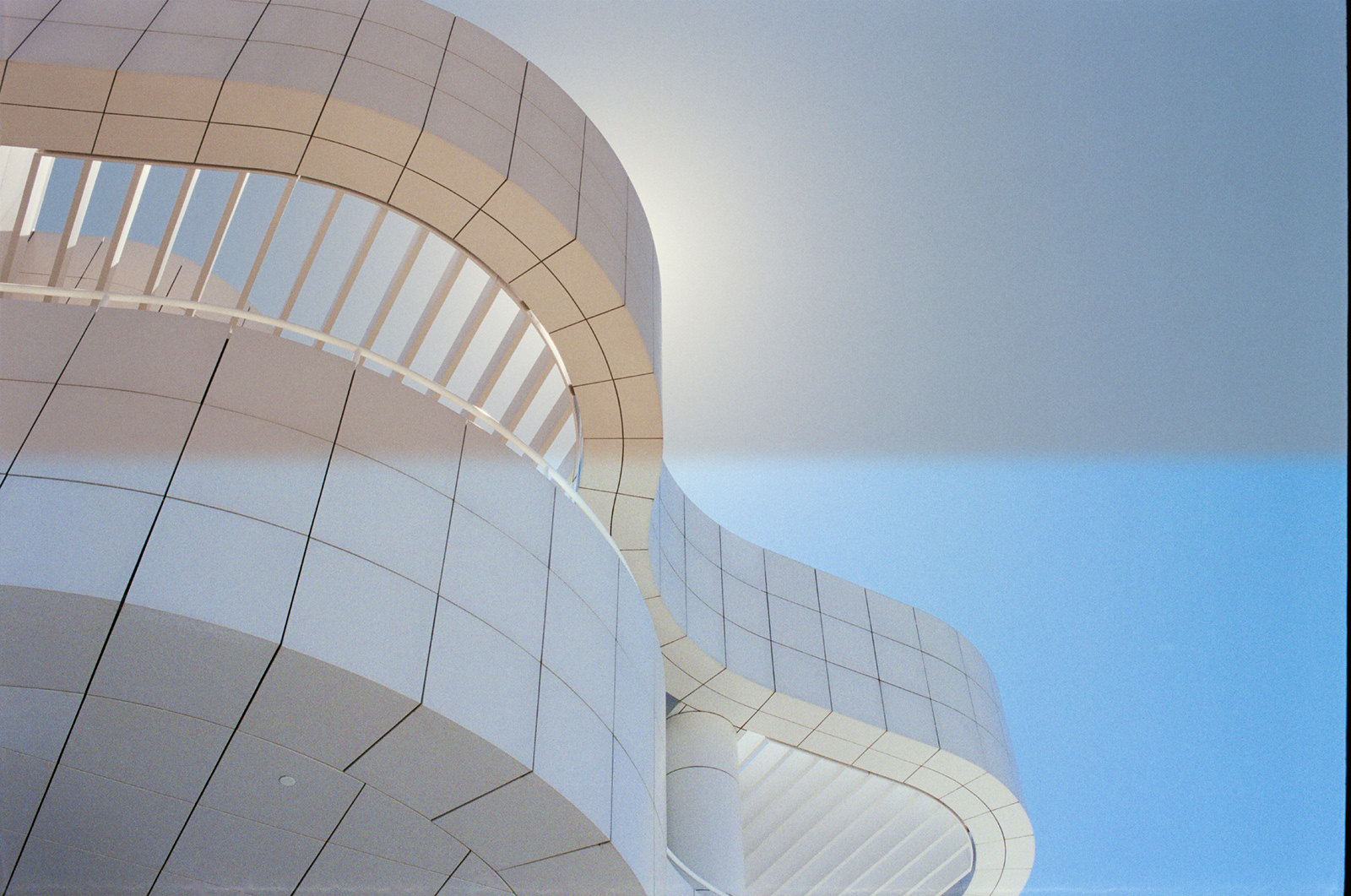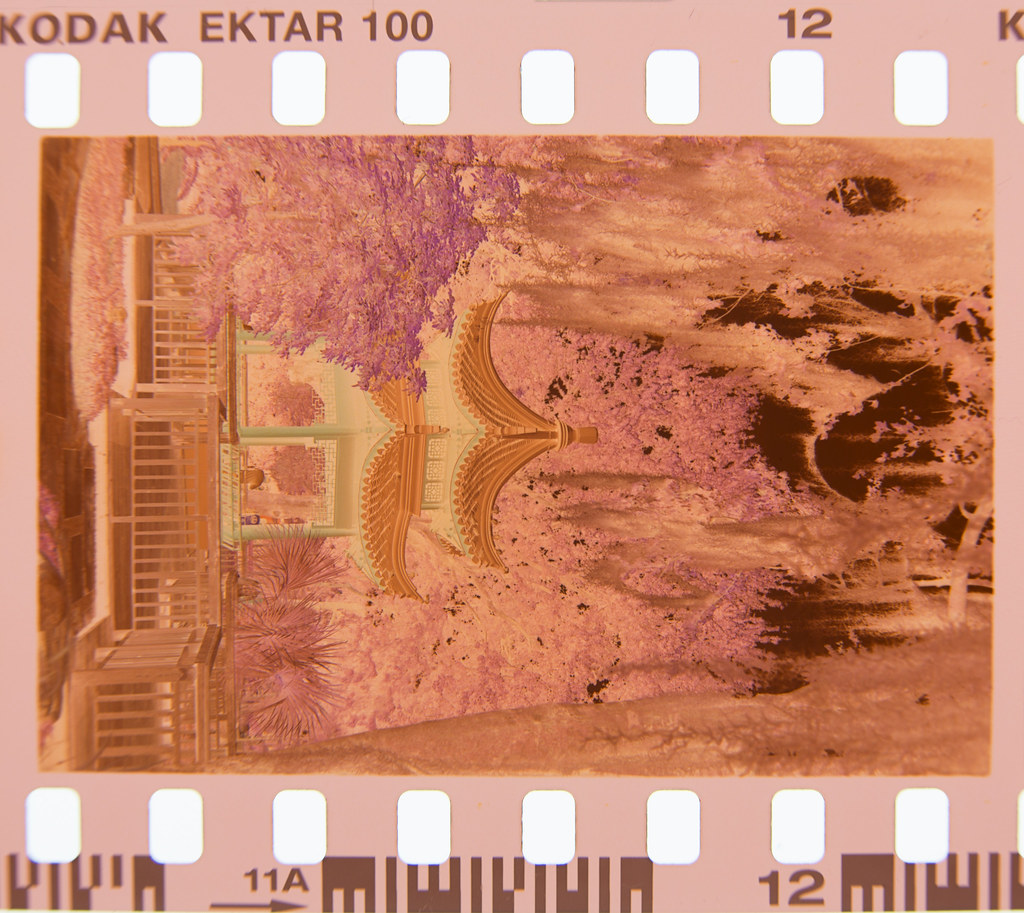Digital Processing Is Not "Cheating"
I don't know where this idea originally came from, but I have a guess. As time marches on and the age of film ubiquity shrinks in our rearview mirror, we see more and more photographers that have never handled a film camera before. For them, post-processing makes natural sense in digital photography. You shoot to a memory card, load it into the computer, and make your adjustments. That's just how it works, and the computer is obviously an integral part of that process. Nobody questions Lightroom or Photoshop modifications to a digital image, even when those modifications are so severe as to render the result unrecognizable from the original.Film cameras are different. They produce a physical, tangible result in the form of a negative. I can see how, when coming from a digital background, this might have a sense of finality to it. After all, you can make modifications to a RAW file, but the image on the negative is immutable. Then you combine this with the fact that most new film photographers have never had experience in a darkroom, so they have no idea how much work and modification actually goes into creating a final print.
So let's clear that up. This is what a negative looks like:
That's it. This is the only time you'll see the image in its unmodified state. If you're really chasing purity, then all of your final photos will look like this. Of course this is not the result that you're looking for when you take a picture. At a minimum, the image needs to be inverted and the orange mask removed.
It's important to remember just how many factors are involved in the making of a photo from a negative. Let's start with optical printing, the standard process for making prints before scanning and inkjet printing took over (although many photo labs still print in this manner). When you take film to a photo lab and have prints made, those prints are not pure, uninterpreted positives made from your film. I worked in a photo lab for several years, so I can tell you a little about the process.
First, most decent labs have profiles for each emulsion. These are determined through color calibration tests and define a "base color" for the light used to expose the negative, which ensures a neutral result. So right there, before we even get started, your photo has encountered some interpretation. This filter color will vary slightly from one lab to the next.
Then when printing, a "cheap" lab might just run the negatives through on Auto, which determines an exposure time based on the average brightness of the frame. This often renders dark scenes and bright scenes as a neutral gray when they shouldn't be. Labs with higher quality standards would have a trained tech that applied adjustments to exposure based on the density of the negative. Prints are often done multiple times until they have the right exposure and color balance, and of course this is all up to the judgement of the lab tech.
 |
| Top: Straight from the scanner with no corrections enabled. Bottom: Corrected version matches the actual scene. |
Or to put it in digital terms: Your photo is not the negative. It is merely a RAW file, but in physical form. No one would expect a digital photographer to be content with an unmodified RAW file, and no one would expect a film photographer to do the same.
If none of that has convinced you of the fallacy in refusing to edit your film photos, then I have one last tool in my arsenal. It's this article on PetaPixel, which details the amount of editing done on some of the most iconic photographs in history -- in the darkroom long before computers were ever used for this type of work. Or flip through Ansel Adams' book The Print, which details the myriad ways he would modify his photographs in the darkroom before coming up with a final version, even removing entire undesirable elements from the image by dodging and burning. Just because you're using a computer instead of a darkroom doesn't mean these changes are somehow off limits. Professional photographers were using early versions of Photoshop long before digital cameras existed.
Remember, no one cares what the original negative looks like. They only care about the final version that you're showing them. Do yourself a favor, like every other film photographer throughout history, make sure your photos are an accurate representation of your vision.
Of course, I'm curious how others feel on the matter, feel free to leave a comment!

No comments:
Post a Comment